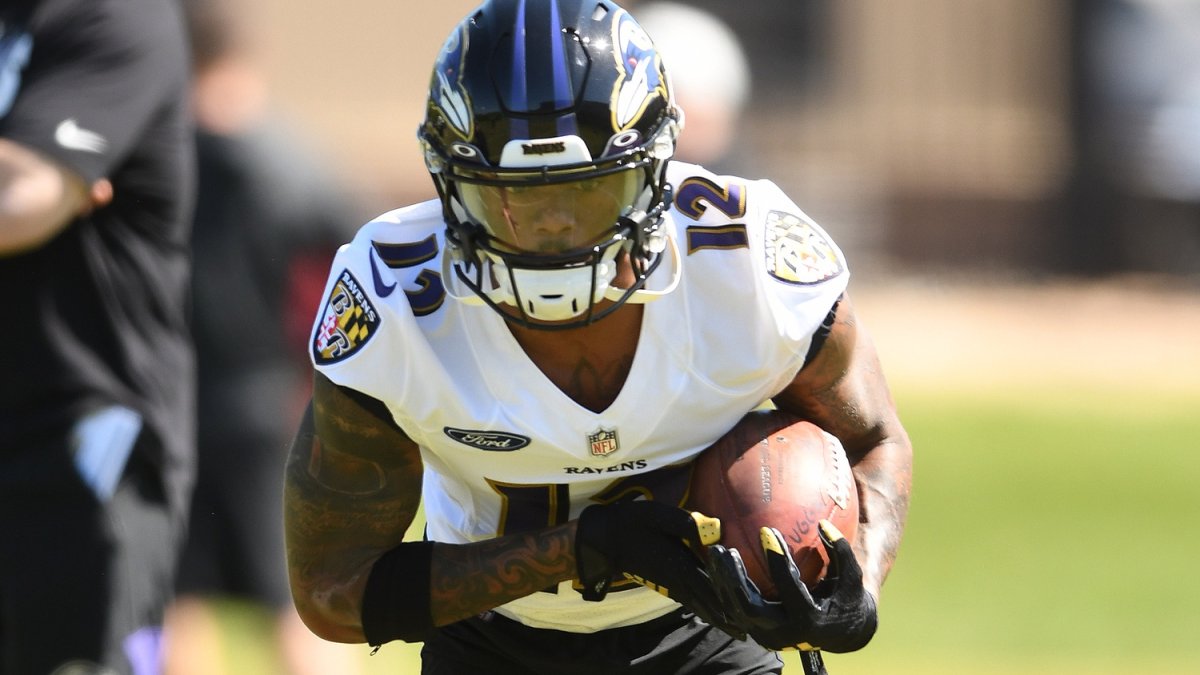It doesn’t happen very often, but late in the first round of the 2021 NFL Draft, the Baltimore Ravens did what everyone outside of the organization wanted them to do: draft an outside wide receiver. And then they did it again in the fourth round.
Baltimore doubled down at an obvious position of need and made a sizable bet that at least one of first-round pick Rashod Bateman and fourth-round pick Tylan Wallace pans out early. The team has finally given Lamar Jackson his “X” receiver in an effort to get over the hump in the playoffs. This is a big deal for the Ravens' offense, changing how offensive coordinator Greg Roman can call a game and how opponents may have to defend them.
Subscribe to
Let’s start with the obvious: Why did the Ravens need to take a gamble on not just one, but two receivers? Among wide receivers who lined up as the outside-most receiver on a play, the Ravens had the third-lowest cumulative grade in the league last season (67.5). They ranked 27th in rate of contested catches (30.8%). And regardless of whether a running back, tight end or wide receiver lined up outside, the Ravens threw the ball to that player fewer than any other team (29.3%).
Individually, Marquise Brown played the most snaps out wide for Baltimore, and although I do think this is a way to keep him on the field while still running heavier sets with fullbacks and tight ends, Brown is probably a slot receiver if used correctly. He played only 22% of his snaps in the slot, which will change next season.
In free agency, the team signed Sammy Watkins, who saw his outside snaps wane in recent years with the Kansas City Chiefs. From 2015 to 2018, 75% of Watkins' snaps came from an outside alignment, but that number has dropped to 49% over the past two seasons — and his effectiveness has tumbled in turn. He averaged a paltry 1.49 yards per route on the outside in 2019 and 2020.



 © 2024 PFF - all rights reserved.
© 2024 PFF - all rights reserved.